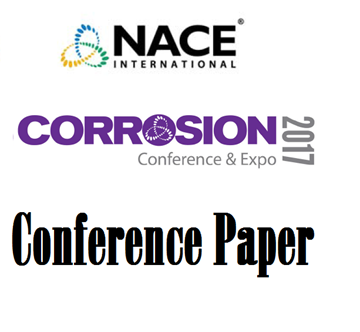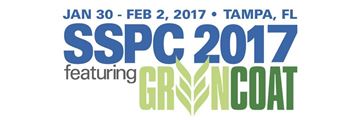Search
Products tagged with 'thermal spray'
View as
Sort by
Display
per page
Practical Application of Lifecycle Costing of Coating Systems – Effectively Using Forecasted Service Life and Cost Consideration Data
Product Number:
51323-19210-SG
Publication Date:
2023
$20.00
Protection of Deep Sea Steel Structures Using Thermally Sprayed Aluminium
Product Number:
51317--9009-SG
ISBN:
9009 2017 CP
Publication Date:
2017
$20.00
SSPC-CS 23.00/AWS C2.23M/NACE No. 12, “Specification for the Application of Thermal Spray Coatings (Metallizing) of Aluminum, Zinc, and Their Alloys and Composites for the Corrosion Protection of Steel”
Product Number:
21100-SG
ISBN:
0-87171713-1
Publication Date:
2016
$109.00
Status of High Temperature Resistant Thermal Spray Nonskid Coatings Within the U.S. Navy
Product Number:
51217-079-SG
Publication Date:
2017
$20.00
Thermal Spray Coatings - Past, Present & Future
Product Number:
41205-159-SG
Publication Date:
2005
$20.00





